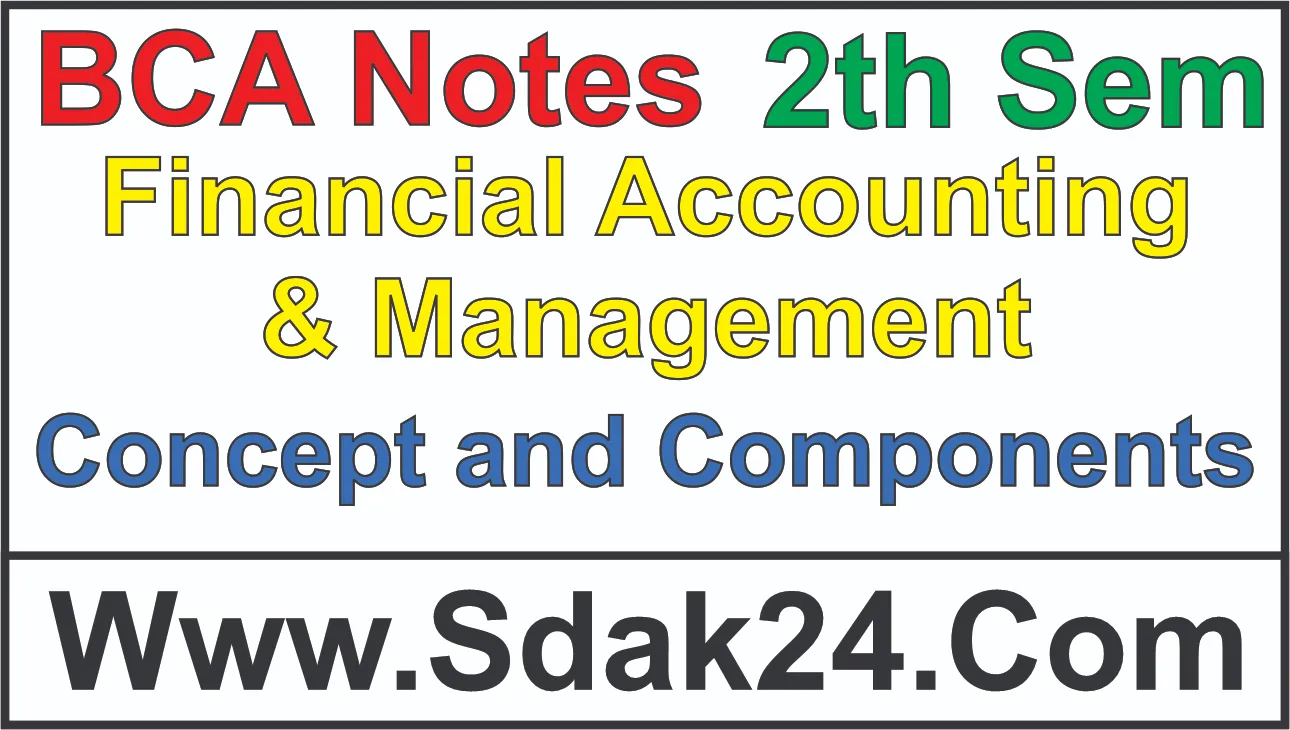Concept and Components of Working Capital BCA Notes
Concept and Components of Working Capital BCA Notes :-
please wait….
Certainly! Let’s delve into the concept and components of working capital in business context, covering its importance, components, and how businesses manage it effectively.
Concept of Working Capital
Working capital is a fundamental financial metric that reflects the operational liquidity and short-term financial health of a business. It represents the capital available for day-to-day operations, covering expenses such as salaries, inventory purchases, and utility bills. Essentially, it ensures that a company can continue its operations smoothly without interruptions due to cash flow shortages.
Working Capital Management
Effective management of working capital involves balancing the components to ensure optimal liquidity without tying up excess capital. Key strategies include:
- Cash Flow Forecasting: Predicting future cash flows to anticipate peaks and troughs in working capital requirements.
- Inventory Management: Optimizing inventory levels to avoid overstocking or stockouts, thereby minimizing storage costs and maximizing turnover.
- Accounts Receivable Management: Accelerating receivables collection to reduce the cash conversion cycle and minimize bad debts.
- Accounts Payable Management: Negotiating favorable credit terms with suppliers to extend payment deadlines without adversely affecting relationships.
- Short-term Financing: Utilizing short-term loans or lines of credit to cover temporary shortfalls in working capital.(Working Capital BCA Notes)
Business Cycle Approach (BCA) to Working Capital
The Business Cycle Approach (BCA) to working capital management emphasizes aligning working capital policies with the different phases of the business cycle. It involves:
- Expansion Phase: During growth phases, businesses may require additional working capital to finance increased production and sales.
- Peak Phase: Managing working capital efficiently to handle peak demand and ensure sufficient liquidity.(Working Capital BCA Notes)
- Contraction Phase: Focusing on liquidity management and reducing working capital requirements as sales and demand decline.
- Trough Phase: Ensuring adequate working capital to sustain operations during downturns and preparing for the next expansion phase.

|
|
|||
 |
 |
 |
 |